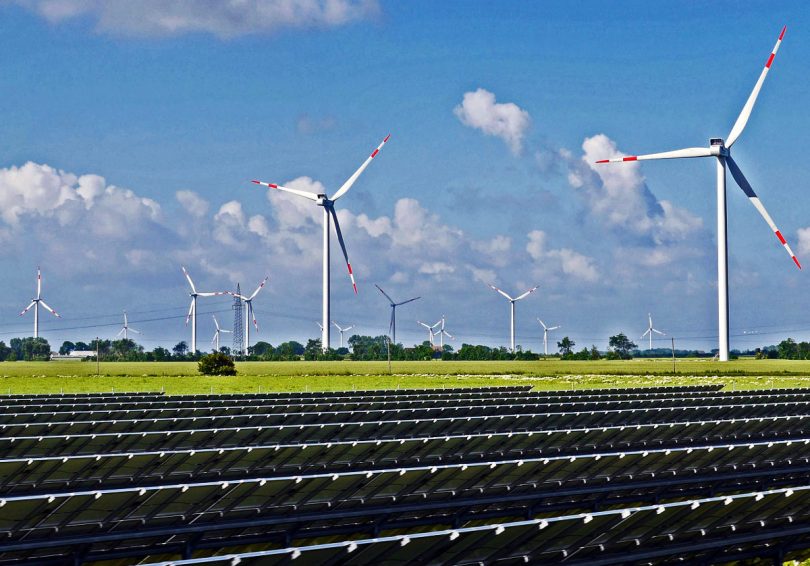[ad_1]
A new study by Finland’s Lappeenranta-Lahti University of Technology (LUT) shows a 100% renewable energy-based power system is technically possible and is the least-cost option for India in 2050.
A new study by Finland’s Lappeenranta-Lahti University of Technology (LUT) shows that India could cut its electricity costs by about 40% with a rapid transition of its power sector from coal domination to 100% renewables by 2050.
The study, published in the journal Nature Communications, modeled the transition of the Indian power sector across states on an hourly timescale up to 2050.
According to the study, the levelized cost of electricity declines 46% from around 71 €/MWh in 2020 (including CO2 emissions costs) to about 38 €/MWh by 2050 as the power sector transitions from the current 70% coal-dominated system to 100% renewable energy-based electricity generation.
On a national level, in 2050, solar contributes 73% to total power production, wind 19%, with hydropower (3%) and nuclear power (0.4%) complementing variable renewable energy. The total installed capacity of solar PV reaches 3,000 GW by 2050.
During the transition, cost-optimal investments are made in batteries and gas storage on a large scale rather than pumped-hydro energy storage. Large-scale storage requirements start in 2030. In this research, storage capacities are initiated when the capacity share of renewables is more than 60%. The installed electricity storage capacity increases from about 22 TWh in 2030 to around 95 TWh by 2050.
The study estimates a deflationary cost for renewable energy. Solar and wind power costs decline significantly compared to coal and are expected to fall further by another 50-60% by 2050. Whereas, per-megawatt cost of electricity from coal is expected to increase 70%, and the cost for nuclear power is expected to increase by more than 13%.
“Moving to solar is the obvious choice for India. Not just the cost of solar, the cost of battery storage is expected to drop further, making it even easier for grid balancing and managing peak demand. Our study shows that any new investments in fossil fuel-based thermal power capacity today is economically unviable and could be a burden for a future flexible power system”, said Manish Ram, one of the authors of the study.
According to the study, some key Indian states could have 100% sustainable energy by 2035. Coal-dependent states such as Uttar Pradesh, Odisha, West Bengal, Maharashtra, Gujarat, and Jharkhand can phase out coal as early as 2040.
The installed capacities of coal are at risk of becoming stranded assets. These plants have very low-capacity factors during the transition years as the share of renewables increases, leading to reduced revenues and profitability of operating these power plants. Storage technologies are crucial to provide vital stability to the power system and interstate
This content is protected by copyright and may not be reused. If you want to cooperate with us and would like to reuse some of our content, please contact: editors@pv-magazine.com.
[ad_2]
Source link








